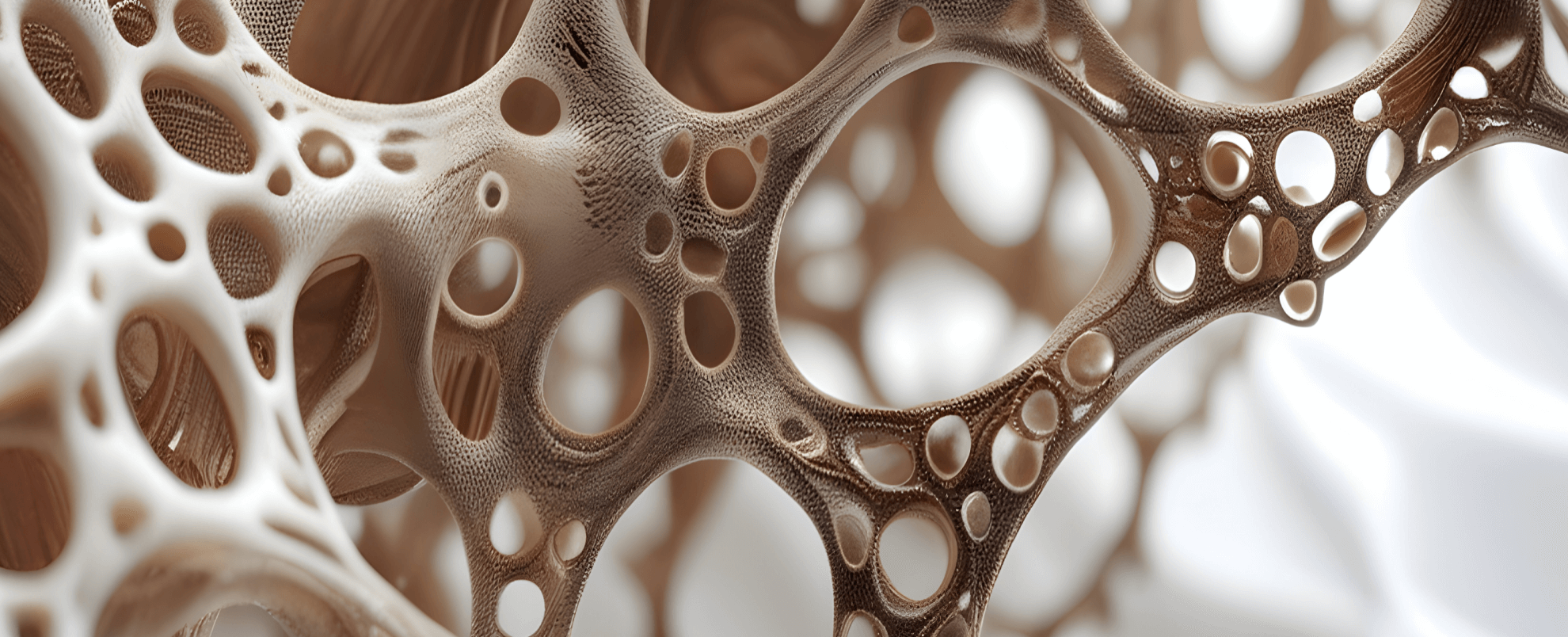The need for organisations to transition to a circular economy that is regenerative by design is urgent. The process will be complex. At every stage of the journey, organisations will have to confront challenges such as ambiguity and inertia in order to turn obstacles into opportunities and, ultimately, ambition into action. Designers play a crucial role in helping to navigate this transformation.
At the same time, the need for a design-led transition to a circular economycircular economyA systems solution framework that tackles global challenges like climate change, biodiversity loss, waste, and pollution. It is based on three principles, driven by design: eliminate waste and pollution, circulate products and materials (at their highest value), and regenerate nature. is increasingly well understood. The growing awareness of the inadequacy of downstream solutions is just one reason why designers and creatives can now see and seize the full potential of a circular economy.
Many are already redesigning existing products and services so that they are fit for a circular economy. However, ‘circular-ready’ products and services which still sit within a linear system are often limited in scope and impact. Instead, it’s vital to rethink the core ways in which organisations plan, conceive, develop, test, launch, and measure innovation. To date, the physical and behavioural aspects of shifting such legacy design processes – especially within large and established organisations – has been less thoroughly explored.
Developed for designers, by designers, the adaptive strategy for circular design offers six entry points for organisational transformation. Collectively, these focus areas, based on the experiences of design leaders, help to illuminate the organisational spaces where designers can most effectively influence systemic change.
In order to avoid patching up a flawed linear system, individuals and organisations need to both better understand how things currently operate and think more deeply about how things might function in a fundamentally different way. We need to imagine – and constantly reimagine – a circular future. We need to facilitate spaces for collaboration which will enable a transformation that is greater than the sum of its parts. We need to burst the bubble of our current concept of circular design capabilities, flooding organisations with the transversal skills which will support the transition. It will mean rewriting creative boundaries, redeveloping our organisational tools, and even reevaluating how we evaluate.
Individuals and organisations are encouraged to explore and experiment with the six design leverage points in ways that best support their unique journey. Together, they comprise an adaptive and non-prescriptive framework which can be used in many different ways: as a diagnostic tool to assess circular economy readiness, a philosophical prompt to consider previously unexplored paths, or as a template for total transformation.
However it is used, we hope that practitioners will be inspired and galvanised to use the power of design in new ways to support the circular economy transition.
Getting started
Some useful prompts to leverage design within your organisation:
How does design contribute within your organisation today?
How might design function differently in a circular future?
In which of the six design leverage points is your organisation already acting?
What are the next steps you might take? Which processes might you redesign?
Thinking beyond these six areas, how else could design help your organisation transition from linear to circular?
What great examples of design being applied for an organisational circular economy transformation have you seen recently? How might you capture the learnings within your own transformation journey?

Discover more circular design content
View more circular design actions, toolkits and examples on our circular design topic area page.
The Ellen MacArthur Foundation project team
Core project team
Anna Queralt - Strategic Design Manager
Emily Marsh - Design Researcher
Joe Iles - Circular Design Lead
Mark Buckley - Strategic Design Manager
Editorial
Lenaïc Gravis - Editorial Development Manager
Emma Elobeid - Editor
Joanna de Vries - Editorial Lead
Production
Matt Barber - Graphic Designer
Alex Hedley - Senior Graphic Designer
Dan Baldwin - Senior Designer
Communications
Emily Scadgell - Communications Manager
Lucy Dayman - Communications Executive
Rose Ely - Senior Communications Manager
The Ellen MacArthur Foundation Network Contributors
Arup
Martin Pauli - Global Circular Economy Services Leader
Dassault Systèmes
Anne Asensio - Vice President of Design Experience
Design Council
Cat Drew - Chief Design Officer
DS Smith
Alan Potts - Former Design & Innovation Director
H&M
Petter Klussel - Function Manager Design
IDEO
Chris Grantham - Former Executive Director, Circular Economy
Kaffe Bueno
Alejandro Franco - Chief Commercial Officer and Co-founder
Philips
Helle Ullerup - Senior Service Designer
Solvay
Isabelle Gubelmann-Bonneau - Senior VP Head Circular Economy
The RSA
Joanna Choukeir - Director of Design and Innovation
Unilever
Jamie Bates - Global Design Leader

